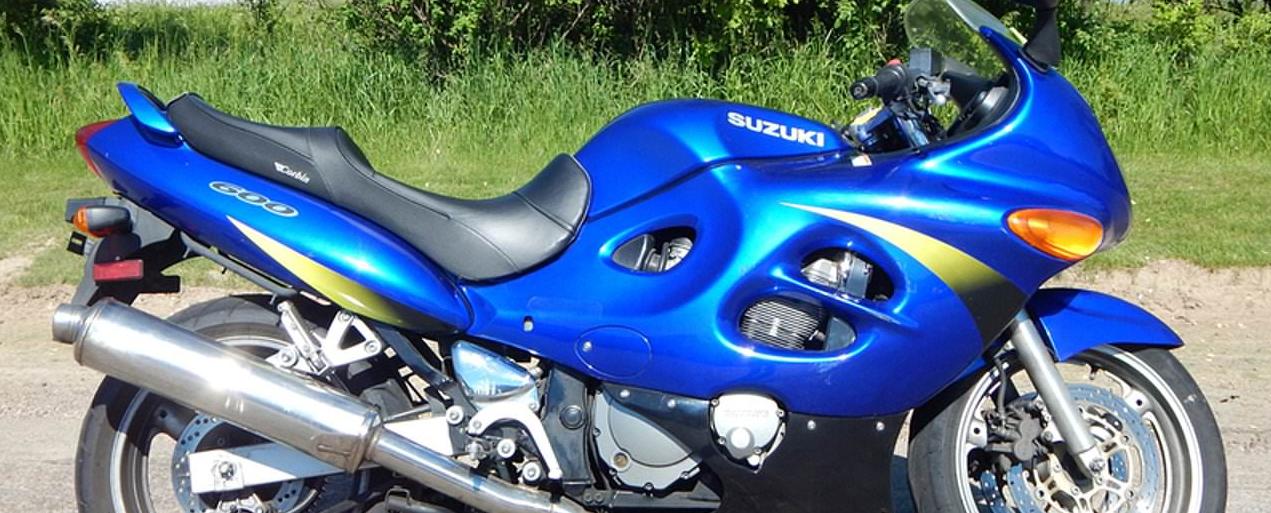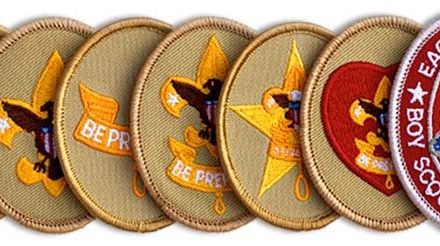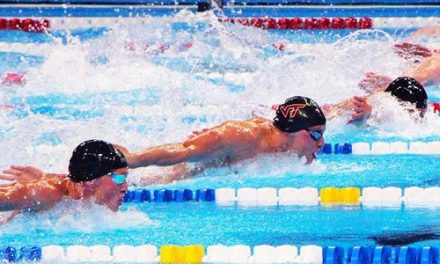In June of 2008 I wrote a little guide about the ins and outs of motorcycling, based on my academic research and limited practical experience. I know a number of people who ride, or are interested in riding, and so I thought I’d post these words in hopes that they would give some context and knowledge I wish I had when I was starting out.
Body Control
Riding a motorcycle is a lot of work, and I don’t just mean the sometimes years of practice until one feels truly comfortable on the freeways atop only two wheels. There are a few mistakes that people new to riding make, and how they sit and where they distribute their weight can be problematic at best. After a long ride, you may feel that your hands, wrists, forearms, neck, lower back, shoulders, and legs are sore. As far as sportbike riding is concerned, only one or two of the above can be acceptable, and I mean the final items of the list. Many novice riders try to support themselves on the bike by way of their hands. Bear with me for a moment as we attempt an experiment. Place your hand and wrist on your quad (the big set of muscles above your knee). Now, see which is thicker – the muscles in your hand and around your wrist”or that huge muscle in your leg. If you said ”leg,”you can see to the crux of the problem – keep yourself stabilized on the bike with your legs, not your hands; not only will you not tire out as quickly, you will be less sore when you get off your bike.
With your weight firmly on the seat, hands resting lightly on the handlebars, now what? Every time you get on the gas, much as with any vehicle, the vehicle will rock towards the back – make sure to keep your weight centered on that seat! If you slide too far forward, you risk losing control when braking suddenly, too far back and you risk losing control when you accelerate suddenly. When you lean the bike, make sure to doubly hold on with your legs; not just for the sheer fact that there is no other way to stay atop the motorcycle, but also that how you distribute your weight will help turn the bike more sharply or widely. You’ll figure it out, and come to enjoy the feeling of control that truly doesn’t exist in a car.
Target-Object Fixation
Many times you’ll see examples of Target-Object Fixation (TOF) even in automobile drivers – watch how many times a car rides over something small in the road, be it a cardboard square or a fallen piece of clothing. On the news you can often see people who drifted into police cruisers on the side of the road. These are all examples of TOF, and it affects everyone on the road. When someone focuses, or ’fixates,’ on an object, the human instinct is to move toward that object. When walking, if you spend time looking to the left, unconsciously you are naturally predisposed to be walking to the left while looking that direction, unless you are consciously attempting to do otherwise; it is much the same way with driving.
When riding a motorcycle, you must be careful to not fall into this trap yourself (either by focusing solely on a particular car ahead of you, a lane marker, debris in the road, et cetera), but also that you watch for other drivers who may have fallen into the same trap – often they won’t even see you, whether you are in their blind spot or not. When you are riding it is even more important than when you are merely driving to keep your wits about you, to keep your eyes and attention moving. If you focus on any one object, you may miss other elements of the drive that could be dangerous or important. One object that draws attention that many motorcyclists forget about is at both very obvious and very surprising – other motorcyclists. Either when splitting traffic or when just enjoying the road, be wary not to fixate on the rider in front of you! This is a very overlooked part of the training, either official or unofficial, you may receive as a motorcyclist, so keep it in mind!













